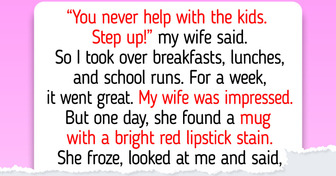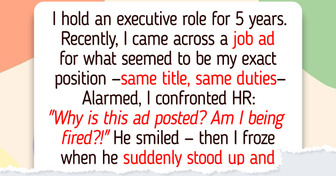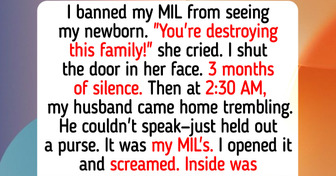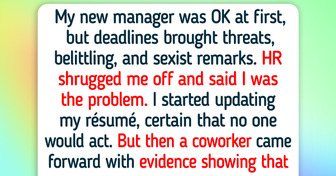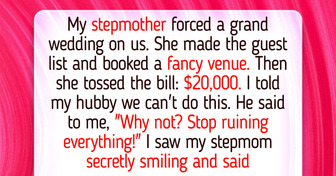My Coworker Reports Everyone to HR to Get Bonuses—So I Turned the Tables

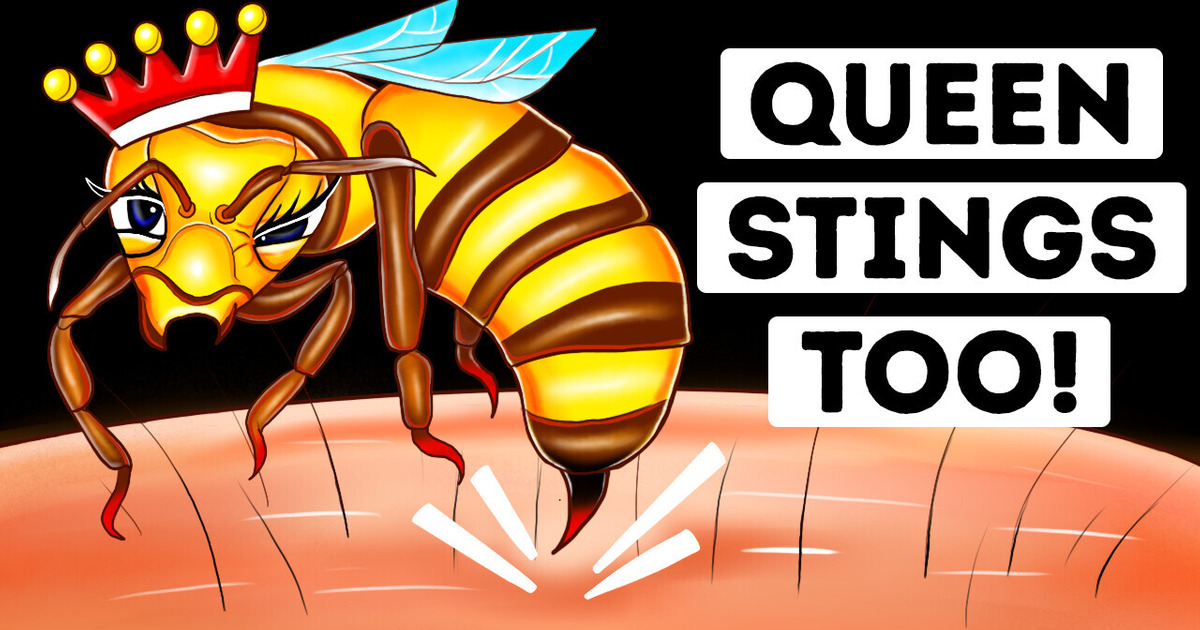
Bzzzzz. Ouch. There’s hardly a person who’s never been stung by a bee. It’s definitely not a pleasant feeling. But bees aren’t normally angry creatures — you probably just scared the little guy!
These insects are super important for pollination. Their existence is one of the main reasons why our plants keep growing. Bees only sting when they feel threatened. If you get stung, it might mean you’ve come too close to them — or, more importantly, that you’ve come too close to their hive.
Each hive can hold between 50,000 to 80,000 honey bees. Just like us humans, bees do everything to protect their home. But instead of alarms and complicated security systems, they use their stingers to ward off enemies.
When honey bees sting, they release something called a pheromone. Pheromones are chemical substances that affect the behavior of animals of the same species. If one bee charges at you, the pheromones are likely to stir up all nearby bees. And they will readily join in. That’s one meeting you’ll definitely want to avoid.
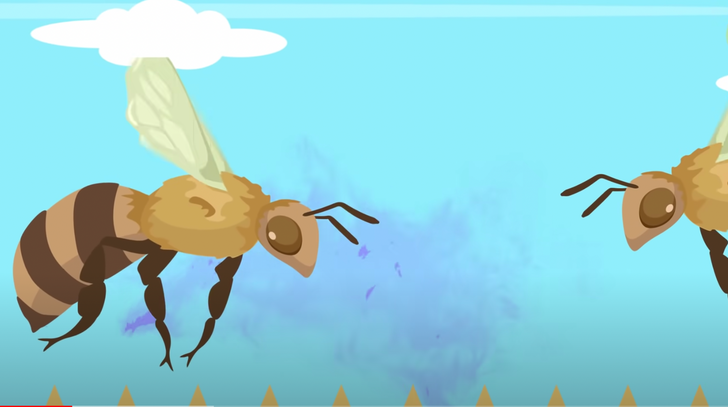
Here’s a fun fact: it’s only female bees that can sting. Larger male drone bees don’t even have stingers! This is because the stinger is basically a modified egg-laying device. Queen bees also have stingers. These bees are bigger than the average worker. The queen has an average size of just under 1 inch. It’s about twice the size of your regular worker bee.
Because of its large size, many people think that the queen bee’s sting hurts the most. So, let’s dive into it. First of all, queen bees rarely sting because of their job in the hive. The queen is the most important bee in the colony, as it’s the only female that can reproduce.
The queen has two main jobs in the hive. Number 1: she produces chemical scents that help unify the rest of the bees so that they can work together. Number 2: she lays a lot of eggs — up to 2,000 a day!
The queen is surrounded by worker bees who meet her every need at all times. They give her food. The attendant workers also collect and then distribute the queen’s pheromones, which stops the workers from finding a new queen.
But despite being the head of the hive and being much bigger than other bees, the queen’s sting is actually the least painful. This is because regular bees have barbed stingers. This means that when they attack, the stinger gets stuck in your skin, making it really difficult to remove.
The stinger also contains nasty venom that is packed with proteins. That’s what causes pain and affects your immune system and skin cells. The stinger continues to pump venom into your body for more than 10 minutes or until it gets removed.
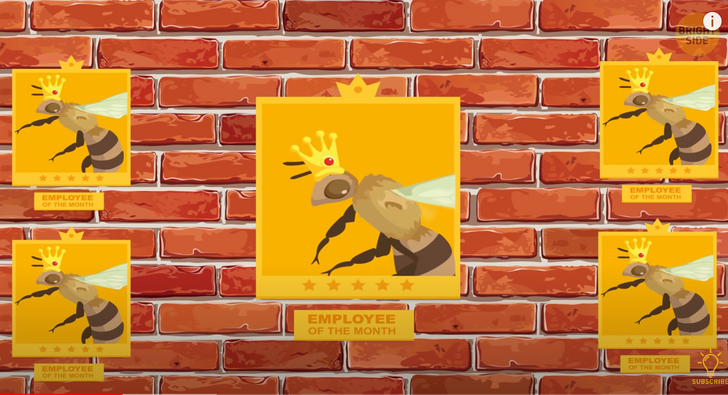
But unlike workers, queen bees leave the hive very rarely. Their main job is to lay eggs. And it’s down to the rest of the colony to protect the hive and the queen. That’s why worker bees are the ones with the most powerful sting. This is how they can ward off potential dangers. The only reason the queen would really need to defend herself is against rival queens.
Because of this, the queen has no need to develop a nasty stinger. Hers is instead a lot smoother. This means that the barbs don’t get stuck in your skin — which can be mega uncomfortable. While this might sound good, it does come with a bit of bad news. Because of the smoothness of its stinger, the queen can jab you multiple times.
The stinger is attached to the bee’s digestive tract, nerves, and muscles — all of which are essential for the bee to function normally. When workers sting, they’re unable to pull their stinger out because of the barbs. And when they try to get free, it doesn’t end well for them.
But the queen’s stinger doesn’t get stuck — that’s why the bee doesn’t feel any negative consequences. And still, she’ll basically only sting you if she doesn’t have one of her “bodyguards” nearby — which is highly unlikely.
So what’s the worst place to be stung by a bee? A man called Michael Smith decided to find out. He got stung on 25 different body parts and rated each prick on a pain scale between 1 and 10.
He found out that the most tender area was the nostrils, scoring a 9 out of 10, followed by the upper lip, which he estimated as an 8.7. The three least painful locations were the skull, middle toe tip, and upper arm. All of these scored a 2.3.
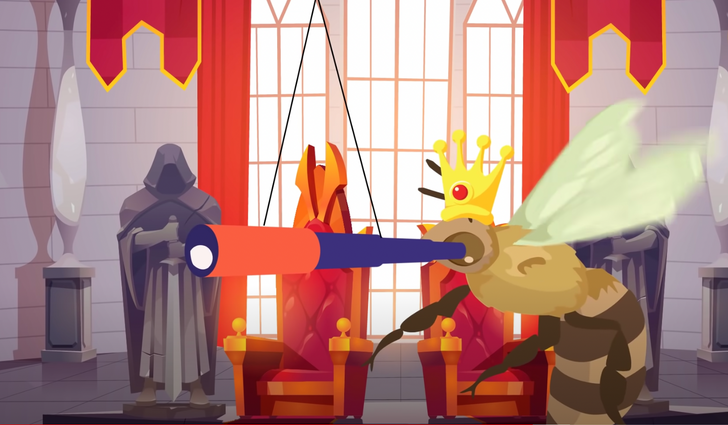
But moving back to the queen, how does a regular bee gain this title? The queen bee rarely needs replacing as she can live for a whopping five years. At the same time, a worker bee born in the summer usually only survives for around six weeks.
But if the queen passes away or moves to another hive, the colony needs to replace her. Doing this requires something called royal jelly, which “nurse” bees produce in their heads. They feed it to newly hatched honey bee larvae. It’s basically a superfood that contains loads of useful stuff, including vitamin B, proteins, hormones, and sugars.
After feeding baby bees for three days, workers select just a few larvae and continue giving them the royal jelly. The others will have a less nutritional diet. The royal jelly triggers new phases of development for these growing bees. And one of the most important is growing special organs they need to lay eggs.
But people still don’t fully understand how this process works. Some scientists say that it’s not the royal jelly itself that causes a bee to turn into a queen. They think it’s the exclusion of other natural plant-based chemicals from the queen’s diet. But even though we aren’t 100% sure how these special bees appear, we do know why there’s just one queen in the end.
When the first queen emerges, she searches for the other bees who’ve been fed the same royal jelly. And then, she wipes out the competition. If several queens emerge at the same time, it’s time to grab your popcorn. They’ll hunger games it out in a dramatic fight until only one remains. And that’s how bees get their queen.
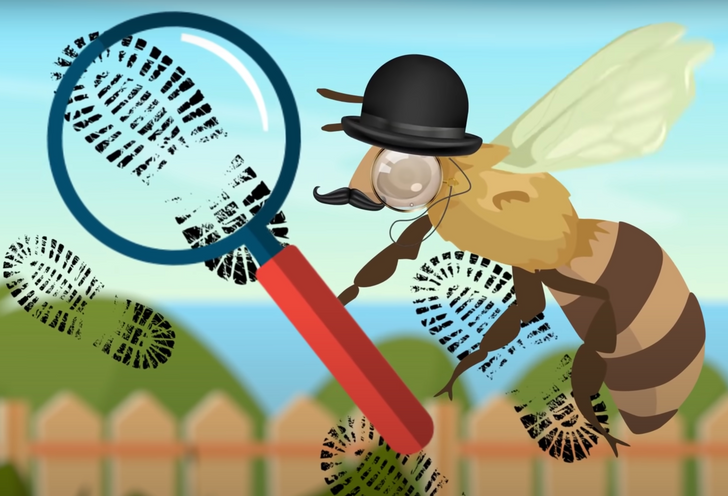
Other bees in the hive also have important jobs. These include foraging for food, tending to young larvae, and building a honeycomb. Drones (or male bees) have one singular job. They mate with the queen. And when they’re not trying to mate, they eat from honey reserves and do pretty much nothing.
Female bees (or worker bees) do everything else. They keep the hive clean, take care of larvae, tend to the queen, store honey, build cells, forage, guard the nest, pollinate, and even feed male bees. Each bee knows exactly what job to do. That’s because their specific hormones activate parts of their genetic makeup that tell them what needs to be done and when it needs to be done.
Bees have four job phases in their lifetime. Phase 1 starts about three weeks after they get born. That’s when they get to work cleaning the cells from which they’ve emerged. Three days later, they enter phase two. In this phase, they’re in charge of feeding other bees. This lasts for about a week; then, they enter phase three. They move further away from the hive’s center and become handy helpers. They build the honeycomb and guard the hive’s entrance. This period also lasts for around a week. After that, they enter the fourth and final phase — the foraging stage.
It’s definitely the most dangerous part of our stripy friends’ lives. This is where they leave the nest, look for pollen, bring it home, and feed the colony. They also leave a stinky “footprint” on the flowers they touch when collecting pollen. This way, they can figure out if their bee relatives have been here or if it has been a stranger. Sometimes they discover their own “footprints.” Unbeelievable!
This phase doesn’t last very long, though, only around ten days as it makes bees super tired. After such a short life where they work non-stop, worker bees then leave the hive to never return. At the same time, if a worker passes away inside the hive, special undertaker bees carry this bee out.
But while bees’ lives may be short, this pattern seems to be working out quite well for the species. After all, they’ve been around for over a whopping 130 million years and counting!


